Unraveling The Mystery: The Asteroid Impact And Dinosaur Extinction

Introduction
Asteroid impacts have been a topic of fascination among scientists and the general public for many years. One of the most well-known asteroid impacts occurred about 66 million years ago, causing the extinction of dinosaurs and many other species. The exact cause of the extinction has been debated for decades, but recent evidence supports the theory that an asteroid impact was the trigger. In this article, we will explore the details of the asteroid impact that caused the dinosaur extinction, the effects it had on Earth's environment, and how it changed the course of life on our planet.
The asteroid impact
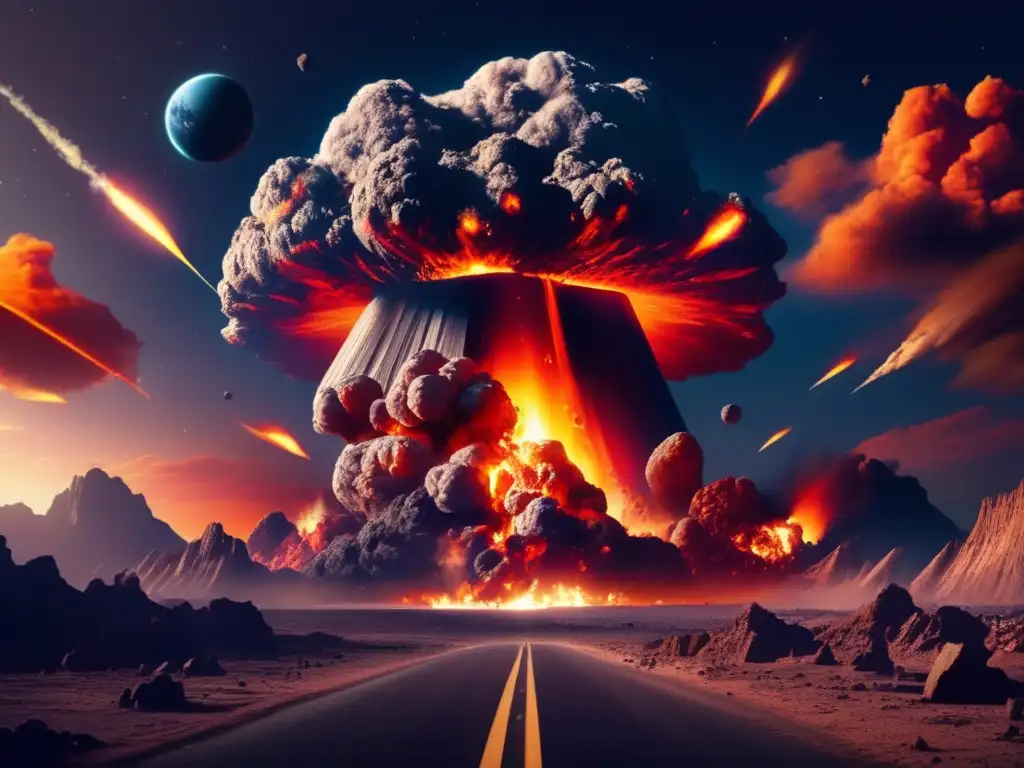
The Chicxulub crater
The Chicxulub crater is located off the coast of Mexico's Yucatan Peninsula and is believed to be the result of the asteroid impact that caused the dinosaur extinction. The crater is over 110 miles wide and was likely formed by an asteroid measuring around 6 miles in diameter. The impact would have caused widespread devastation, including tsunamis, earthquakes, and fires.
The asteroid composition
The asteroid that caused the Chicxulub crater was likely composed of a type of rock called carbonaceous chondrite. This type of rock contains organic material and water, which could have had a significant impact on the environment after the impact. The impact would have vaporized the asteroid, creating a cloud of dust and debris that would have spread throughout the atmosphere and around the world.
Effects on the environment
The impact would have had devastating effects on the environment, including widespread fires caused by the heat generated by the impact and the fallout from the resulting dust cloud. The impact likely caused a "nuclear winter" effect, with the dust and debris blocking out the sun's rays and cooling the planet's temperature. This would have had a significant impact on plants and animals, leading to mass extinctions and changes in the food chain.
The aftermath

Global impact
The impact that caused the Chicxulub crater had a global impact, affecting not just the area around the impact site but also the entire planet. The release of dust and debris into the atmosphere led to a significant decrease in sunlight, which affected photosynthesis and plant growth around the world. The resulting extinction of many species led to a significant change in the composition of the Earth's ecosystems.
Impact on human evolution
The asteroid impact that caused the dinosaur extinction had a significant impact on human evolution. It is believed that the extinction of the dinosaurs and other large animals opened up ecological niches that allowed mammals to diversify and eventually evolve into the many different species we see today, including humans. Without the asteroid impact, it is possible that humans may not have evolved to the point that we are at today.
Frequently Asked Questions
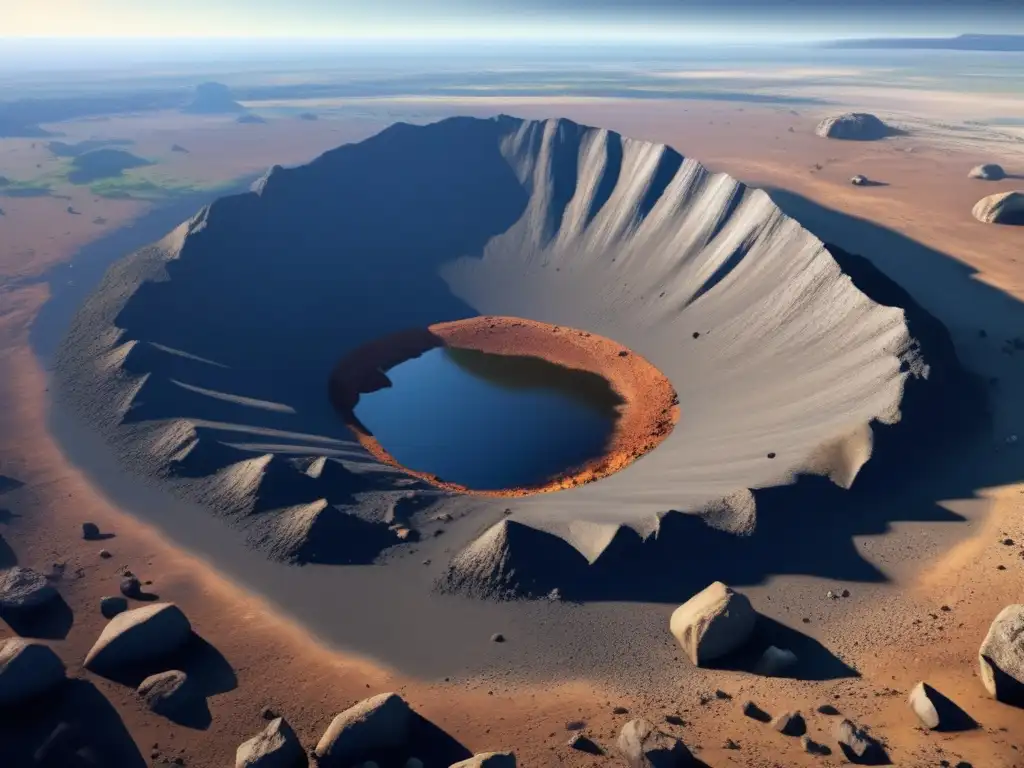
-
What caused the dinosaur extinction?
The most widely accepted theory is that an asteroid impact was the trigger.
-
Where is the Chicxulub crater located?
The Chicxulub crater is located off the coast of Mexico's Yucatan Peninsula.
-
What type of rock was the asteroid made of?
The asteroid was likely composed of carbonaceous chondrite.
-
What impact did the asteroid have on human evolution?
The extinction of the dinosaurs and other large animals opened up ecological niches that allowed mammals to diversify and eventually evolve into the many different species we see today, including humans.
-
How did the asteroid impact affect the environment?
The impact caused widespread devastation, including tsunamis, earthquakes, fires, and a "nuclear winter" effect caused by the dust and debris blocking out the sun's rays.
Conclusion
The asteroid impact that caused the dinosaur extinction was a significant event that changed the course of life on our planet. The impact had a global impact, affecting not just the area around the impact site but also the entire planet. The aftermath of the impact led to mass extinctions and changes in the Earth's ecosystems, which eventually allowed for the evolution of humans. Although the impact was devastating, it has also led to the diversity of life that we see on our planet today.
Thank you for reading this article on Asteroid Realm. We hope that you found it informative and educational. Please feel free to share your thoughts in the comments section below and to participate in the community here at Asteroid Realm by subscribing, sharing the article on social networks, or engaging with us through other forms of participation.
Additional Resources
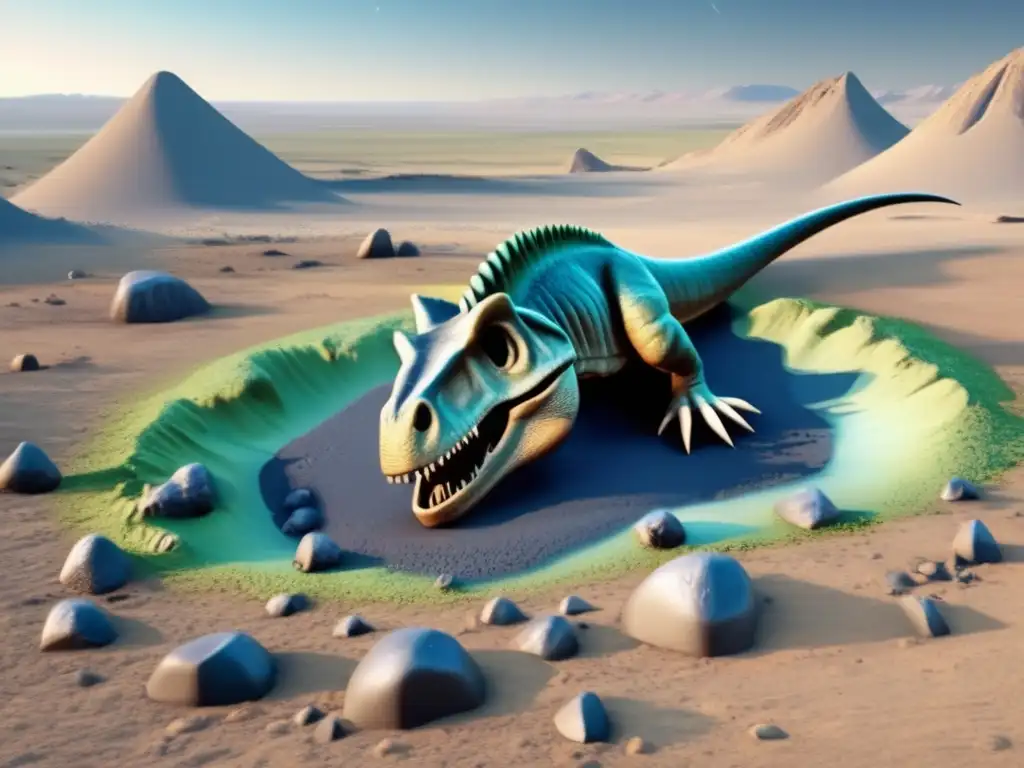
For those interested in delving deeper into the topic of asteroid impacts and their effects on the environment, we recommend the following resources:
- NASA Asteroid Impact page
- National Geographic: The Dinosaurs' Last Day on Earth
- Smithsonian Magazine: The Dinosaur-Killing Asteroid Changed the Face of the Earth Forever
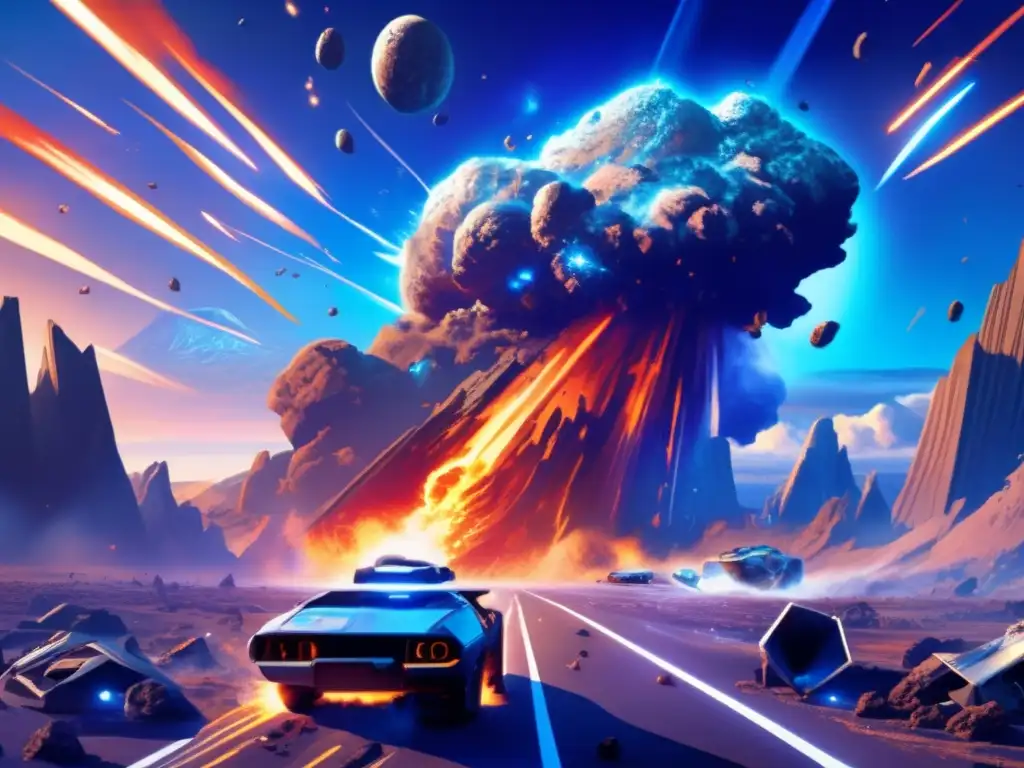 Crater Of Catastrophe: The Asteroid That Ended An Era
Crater Of Catastrophe: The Asteroid That Ended An Era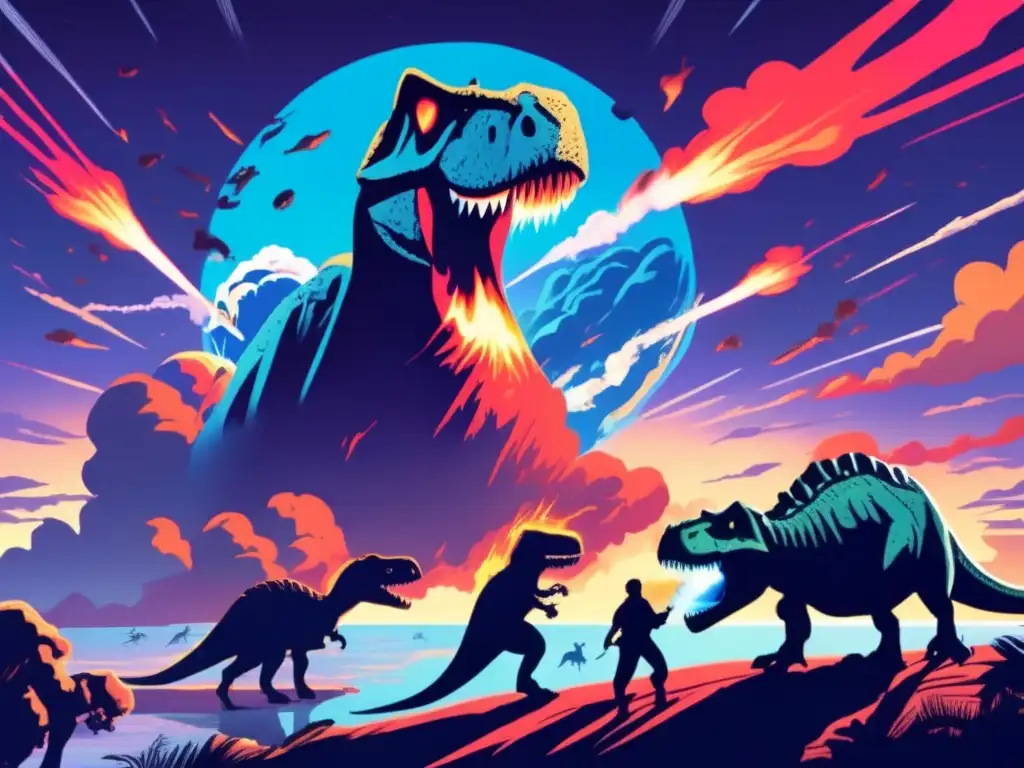 The Final Countdown: The Asteroid Strike And Dinosaur Extinction
The Final Countdown: The Asteroid Strike And Dinosaur Extinction The Asteroid That Changed The Course Of Life On Earth
The Asteroid That Changed The Course Of Life On EarthIf you want to discover more articles similar to Unraveling The Mystery: The Asteroid Impact And Dinosaur Extinction, you can visit the Asteroids and Dinosaurs category.
Leave a Reply

Articulos relacionados: